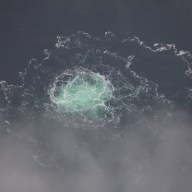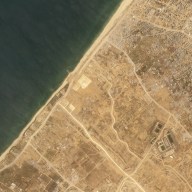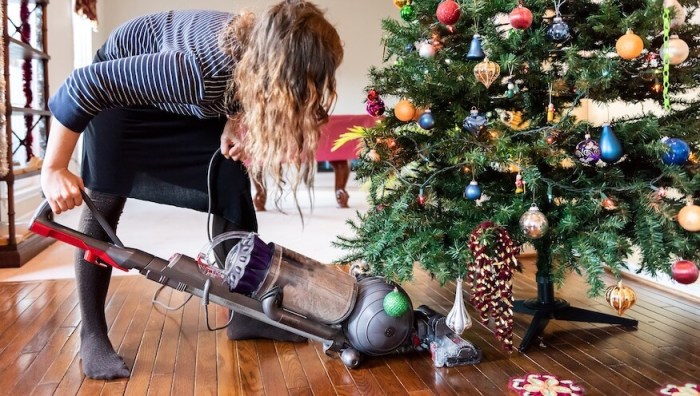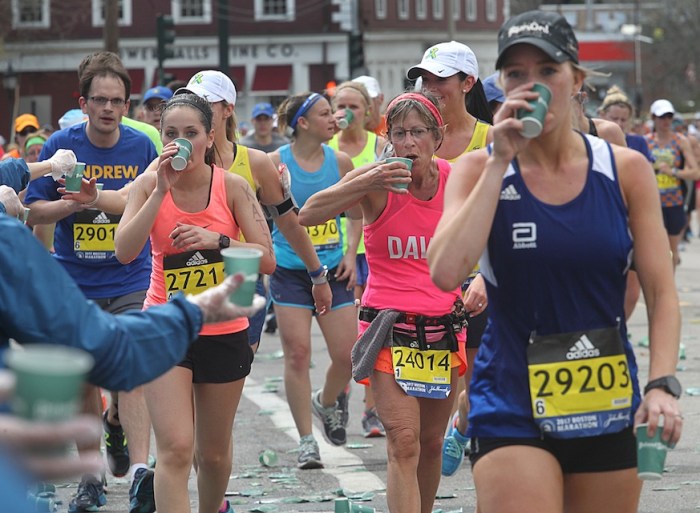Kidneys are a part of your body that you don’t think about often, if ever; they are inside, doing their job of, among other things, removing waste and regulating your body’s salt, acid and potassium levels. But if something painful runs afoul of your kidneys—like kidney stones—you’ll never forget them. Kidney stones are unfortunately common, and their numbers are growing: According to the National Institutes of Health, about 11 percent of American men and 6 percent of American women will have kidney stones at some point in their lives. We talked to Dr. Mantu Gupta, a urologist who is the director of the Kidney Stone Center at Mount Sinai Health System, to find out the causes and treatment options for kidney stones. What are kidney stones and who’s at risk?
Kidney stones are an accumulation of mineral deposits that form into a stone, [looking] like a pebble in a river or a piece of rock.Most people have a tendency to make stones because they absorb more oxalate [a component found in food like spinach] from the foods they’re eating than most people, or they’re absorbing more calcium. Dietary factors, of course, play an important role, but usually most people aren’t eating excessive calcium or oxalate. It’s just the way their body is metabolizing it. What are the warning signs?
Stones are known as “the great mimickers”. People have been misdiagnosed as having appendicitis when they actually had a kidney stone in the right ureter (the ureter and the appendix are near each other). Even though the classic symptom is pain on the flank area, the pain can go down to the groin, to the testicle in men and the ovary in females and cause burning upon urination when it gets close to the bladder. If you’ve had them once, are you likely to get them again?
Yeah, general statistics are, if you’ve had a kidney stone, there’s a 50 percent chance you’ll have another one in the next four years.
What are some preventive steps you can take?
Avoiding excessive animal proteins is important. Most kidney stones tend to form in an acidic environment, and most nonvegetarians have relatively acidic urine. It’s because animal proteins are a good source for sulfur, which is viewed by the kidney as an acid. Cut back on salt and increase your fluids (to at least 60 to 80 ounces of fluid a day minimum).
Ask Mount Sinai: Kidney Stones
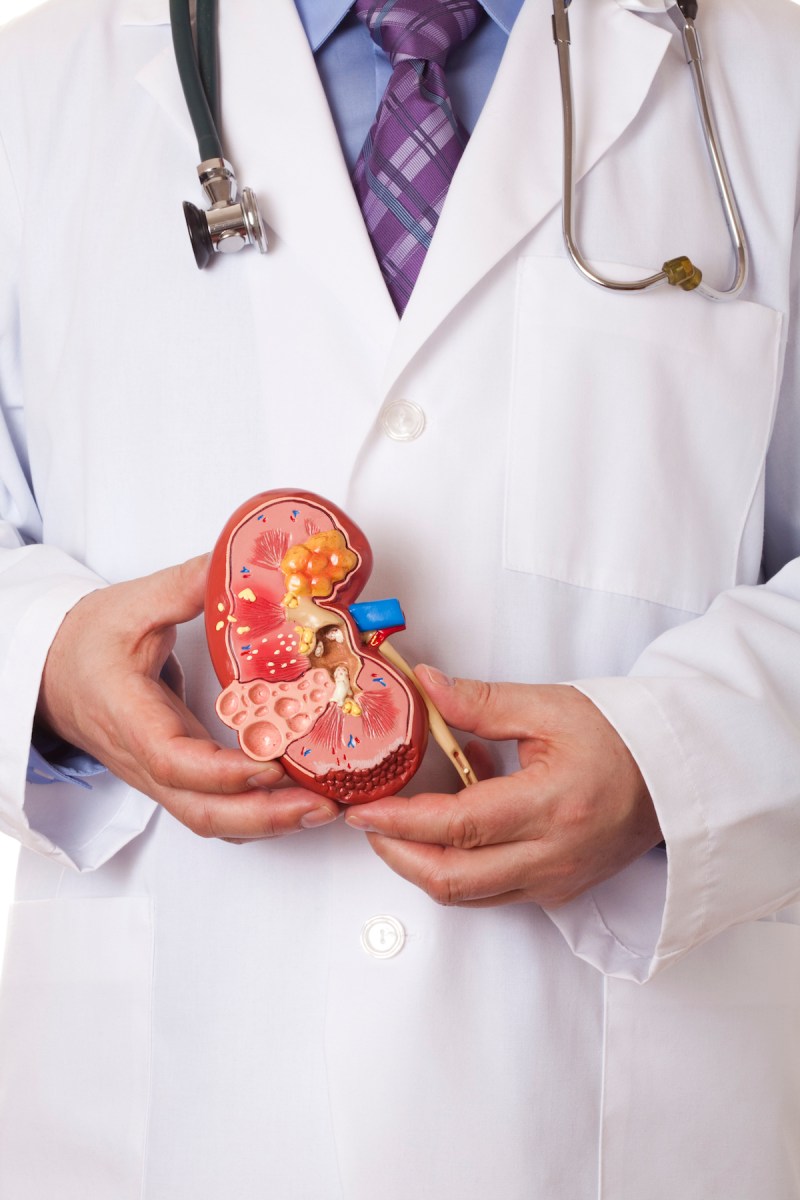
ISTOCK








